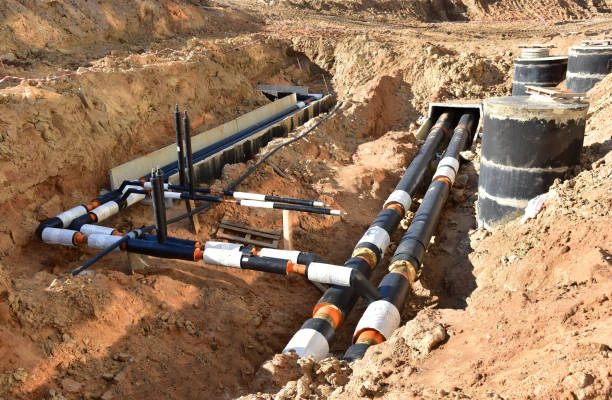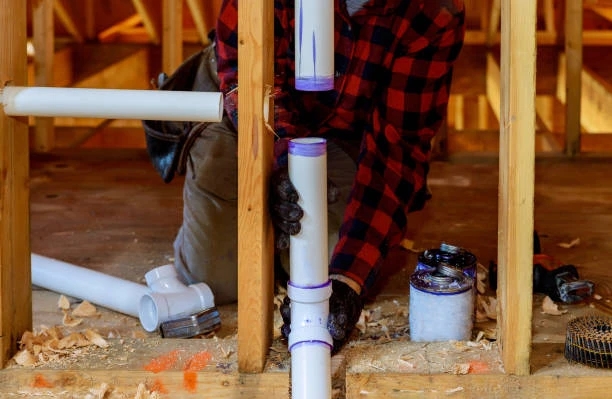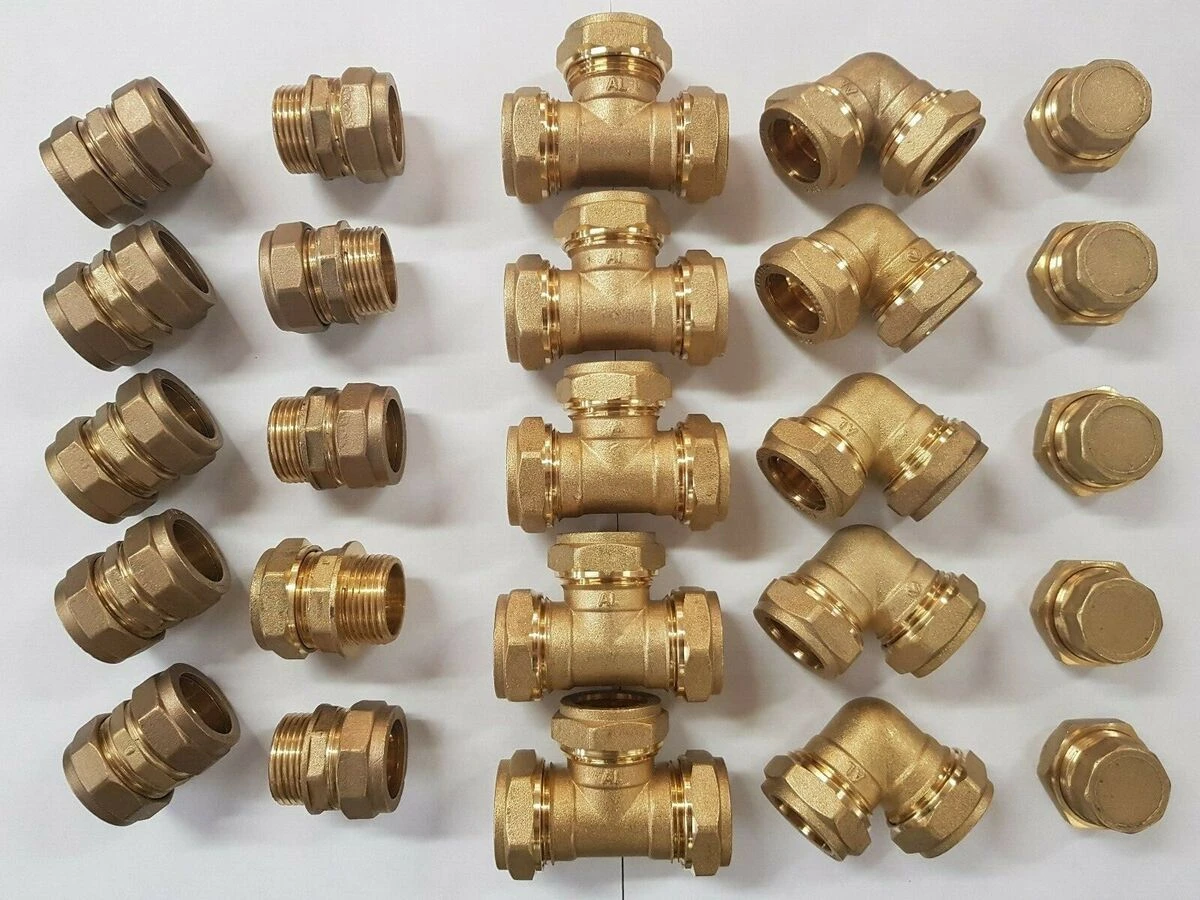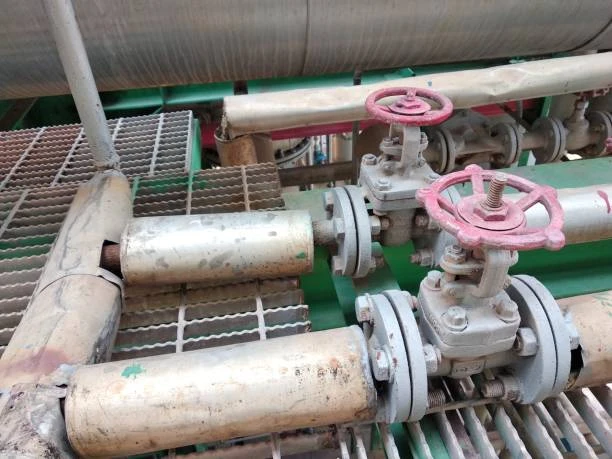Introduction
The plastics pipe and pipe fitting industry has experienced substantial growth over the past few years, driven by advancements in technology, increasing demand for durable materials, and an emphasis on sustainability. This article will explore the key highlights of the plastics pipe and fitting market, the emergence of unlaminated profile shapes, and the future opportunities that lie ahead. As the industry continues to evolve, understanding these factors is crucial for stakeholders aiming to capitalize on growth prospects.
Understanding Plastics Pipes and Fittings
What Are Plastics Pipes and Fittings?
Plastics pipes and fittings are manufactured from various types of plastics, including Polyvinyl Chloride (PVC), Chlorinated Polyvinyl Chloride (CPVC), Polyethylene (PE), and Polypropylene (PP). These materials are widely used in plumbing, irrigation, sewage, and industrial applications due to their advantageous properties.
Advantages of Plastics Pipes and Fittings
- Corrosion Resistance: Unlike metal pipes, plastics do not corrode, which significantly extends their lifespan and reduces maintenance costs.
- Lightweight: The lightweight nature of plastic pipes makes them easier to transport and install, leading to lower labor costs.
- Cost-Effective: Plastics generally offer lower material costs compared to traditional alternatives, making them budget-friendly for construction and plumbing projects.
- Flexibility: Certain types of plastic pipes, like PEX, are flexible and can be bent to fit various configurations, reducing the need for fittings and joints.
- Chemical Resistance: Plastics are resistant to many chemicals, making them suitable for a wide range of industrial applications.

Key Highlights of the Plastics Pipe and Fitting Industry
Market Growth and Trends
The plastics pipe and fitting market has witnessed significant growth, driven by factors such as urbanization, infrastructure development, and increased demand for safe drinking water. According to recent market reports, the global plastics pipe market is important to reach new heights in the coming years, with a compound annual growth rate (CAGR) of over 5%.
Innovations in Technology
Advancements in manufacturing technologies, such as extrusion and injection molding, have led to the production of more durable and efficient plastics pipes and fittings. Innovations like cross-linked polyethylene (PEX) and high-density polyethylene (HDPE) have expanded the applications of plastic pipes, particularly in residential plumbing and industrial systems.
Sustainability Initiatives
The industry is increasingly focusing on sustainability, with manufacturers investing in recycling programs and the development of eco-friendly materials. Many companies are adopting sustainable practices to minimize waste and reduce their carbon footprint, contributing to a greener future for the industry.
Regulatory Standards
As environmental concerns grow, regulatory bodies are implementing stricter standards for plumbing and construction materials. Compliance with these regulations is essential for manufacturers, as it ensures safety and promotes the use of environmentally friendly products.
The Emergence of Unlaminated Profile Shapes
What Are Unlaminated Profile Shapes?
Unlaminated profile shapes refer to plastic components that are extruded into specific shapes without a laminated surface. These profiles are useful in various applications, including construction, automotive, and furniture manufacturing. The rise of unlaminated profiles is a noteworthy trend within the plastics pipe and fitting sector.
Benefits of Unlaminated Profiles
- Customization: Unlaminated profiles can be useful to meet specific design and functional requirements, offering greater versatility in applications.
- Cost Efficiency: The production of unlaminated profiles can be more cost-effective, as it eliminates the need for additional layers of materials.
- Lightweight Design: Similar to traditional plastic products, unlaminated profiles are lightweight, facilitating easier handling and installation.
- Durability: These profiles maintain the durability associated with plastic materials, making them suitable for both indoor and outdoor applications.
Market Potential
The unlaminated profile market is important to grow alongside the overall plastics pipe and fitting industry. As demand for innovative solutions increases, manufacturers are likely to invest in developing new profiles to meet evolving market needs.
Future Opportunities in the Plastics Pipe and Fitting Industry
Expansion in Emerging Markets
Emerging markets in Asia, Africa, and South America present significant growth opportunities for the plastics pipe and fitting industry. Rapid urbanization, increasing infrastructure investments, and the need for efficient water management systems are driving demand in these regions.
Technological Advancements
Continued advancements in manufacturing technologies, such as 3D printing and smart materials, are important to revolutionize the plastics pipe and fitting market. These technologies can enhance product design and functionality, providing new opportunities for innovation.
Growth in Green Building Initiatives
As the construction industry shifts towards sustainable practices, there is a growing demand for eco-friendly materials. Plastics pipe and fittings manufacturers can capitalize on this trend by developing products that meet green building standards, such as LEED certification.
Enhanced Supply Chain Management
Improving supply chain management through digital technologies can enhance efficiency and reduce costs for manufacturers. By leveraging data analytics and automation, companies can optimize production processes and inventory management, driving profitability.
Collaboration and Partnerships
Forming strategic partnerships and collaborations can provide manufacturers with access to new markets and technologies. Collaborations with construction firms, research institutions, and industry associations can foster innovation and expand product offerings.
Conclusion
The plastics pipe and pipe fitting industry is at a pivotal point, marked by significant growth, technological advancements, and a focus on sustainability. With the emergence of unlaminated profile shapes and the increasing demand for eco-friendly solutions, there are numerous opportunities for stakeholders to capitalize on. As the industry continues to evolve, staying informed about market trends and embracing innovation will be crucial for success.
FAQs
1. What are the main types of plastics useful for pipes and fittings?
The main types include PVC, CPVC, PE, and PP, each suited for different applications.
2. Why are plastic pipes preferred over metal pipes?
Plastic pipes are lightweight, corrosion-resistant, cost-effective, and easy to install, making them a popular choice in plumbing.
3. What are unlaminated profile shapes, and why are they important?
Unlaminated profile shapes are customized plastic components used in various applications. They offer design versatility and cost efficiency.
4. How is the plastics pipe and fitting market expected to grow?
The market is projected to grow at a CAGR of over 5%, driven by urbanization, infrastructure development, and sustainable practices.
5. What are the future opportunities for the plastics pipe industry?
Future opportunities include expansion in emerging markets, technological advancements, green building initiatives, and enhanced supply chain management.


















